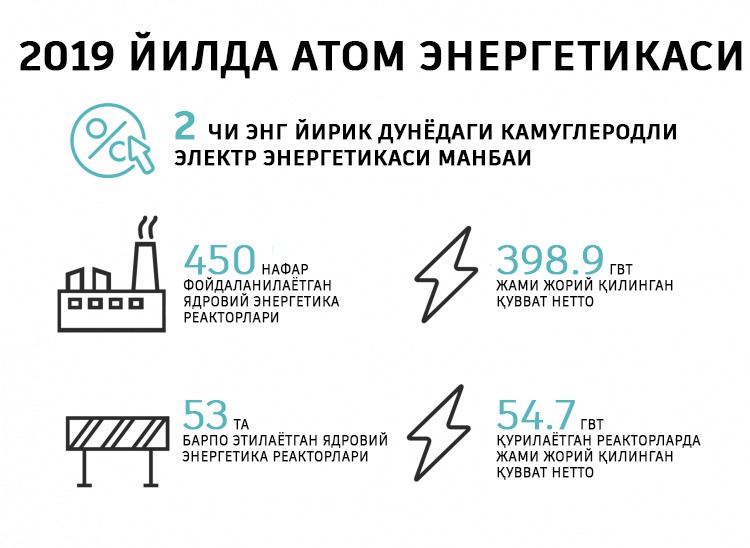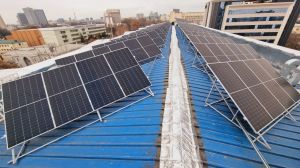
The International Atomic Energy Agency (IAEA) has reported its latest data on the nuclear industry. Its statistics include global installed energy capacity and the nuclear sector’s contribution to the global energy mix.
At the end of 2019 there were 450 commercial nuclear reactors operating globally, total installed capacity of 398.9 GW, an increase of 2.5 GW on 2018.
In 2019, nuclear power generated c. 10% of the world's electricity, and almost one-third of all low-carbon electricity. Nuclear will remain the second largest source of low-carbon electricity after hydropower.
Thirty countries have produced nuclear energy, and 28 have considered, planned or actively worked to incorporate it into their energy structure. Four of these countries (Bangladesh, Belarus, Turkey and the United Arab Emirates) are building their first nuclear power plants, with plants in Belarus and the UAE nearly approaching the final stage.
The IAEA's forecasts for future global nuclear power capacity are affected by whether significant new capacity can compensate for decommissioned reactors.
The IAEA’s forecasts include ‘low’ and ‘high’ ranges. In the lower range, the IAEA anticipates net installed nuclear capacity reducing up to 2030, and then rising again to 371 GW by 2050 -- 6% below today's level. In the higher range, forecast capacity will increase by 25% on current levels -- to 496 GW by 2030 and by 80% -- to 715 GW by 2050.
Nuclear’s contribution to total global electricity capacity in the world is forecast to be between 3%-5% by 2050, compared to 5.5% today.
In 2019, five new nuclear power reactors were connected to the grid. These were Shin-Kori-4 (1,340 MW, South Korea), Novovoronezh 2-2 (1,114 MW, Russia), Taishan-2 (1,660 MW, China), Tanjian-6 (1,000 MW, China) and the floating nuclear power unit Akademik Lomonosov (32 MW, Russia).
The IAEA reported that construction of three power units was started at Kursk 2-2 (1,115 MW, Russia), Bushehr-2 (915 MW, Iran) and Zhangzhou-1 (1,126 MW. China).
There were eight full shutdowns at Bilibino-1 (46 years of operation, Russia), Genkai-2 (45 years of operation, Japan), Pilgrim-1 (48 years of operation) and Three Mile Island-1 (46 years of operation, both USA), Chinshan-2 (43 years of operation, Taiwan), Muhleberg (49 years of operation, Switzerland), Philipsburg-2 (40 years of operation, Germany) and Ringhals-2 (44 years of operation, Sweden), due to the end of service life.










